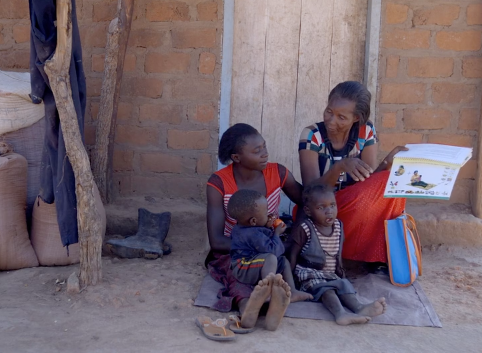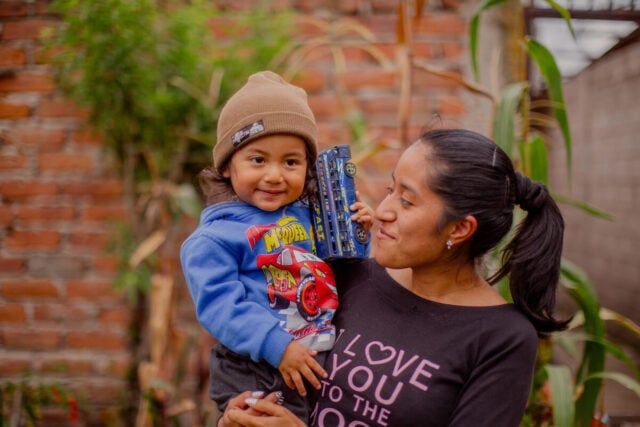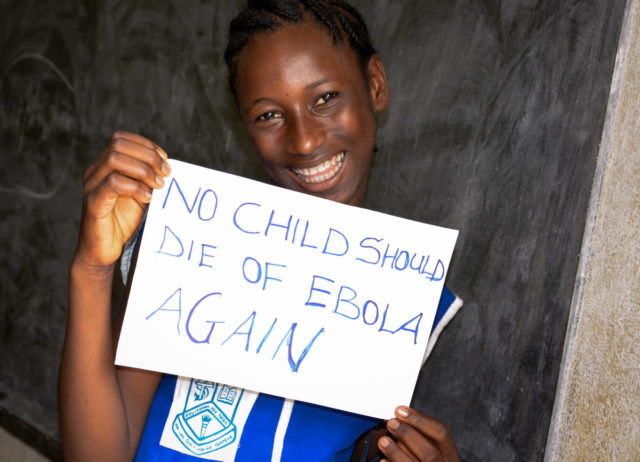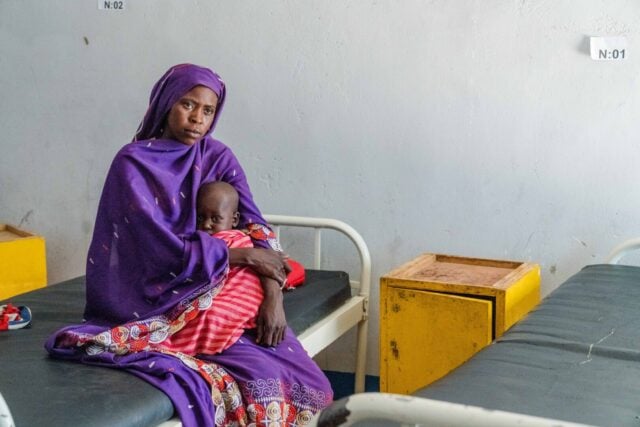When Malita was about 7 months old, her mother, Doreen, noticed she was losing weight. Doreen lives in rural Zambia and getting to a clinic to treat her youngest child was a challenge.
For mothers in remote areas, the nearest health clinic can be miles away. When their children are sick, and they can’t make it to the clinic, community health workers (CHWs) help fill that gap. This may mean the difference between life and death.
When her baby was sick, Doreen was able to turn to a CHW in her area named Rhoda for help and got treatment that saved Malita’s life. Doreen says, “Rhoda, the community health worker, is my hero.”
CHWs are trained and equipped by World Vision to help fill the healthcare gap by supporting households in their own community. World Vision supports more than 184,000 CHWs in 46 countries, and each usually is responsible for about 50 households, or an average of 300 people.
“I feel compassion when I see someone struggling, and I want to help,” Rhoda says.
CHWs regularly visit each household within their responsibility, and during their home visits they do three main things. First, they give pregnant women critical health information on how to care for themselves and their babies. Second, they work to reduce malnutrition by educating moms on how to prepare more nutritious meals with locally available and affordable foods. And lastly, they also diagnose and treat the most common causes of death for children under 5 ― like pneumonia, malaria, and diarrhea ― right on the spot.
In addition to their regular home visits, CHWs also lead educational groups in the community to bring women together and provide ongoing support. Doreen joined a nutrition group that Rhoda leads, and there she learned how to make nutritious foods for her children.
“What Rhoda has taught me is so valuable,” Doreen says. “I don’t want to keep this information to myself. I share it with other pregnant mothers. Just as she has saved my life and my baby’s, I can also save lives through the things I have learned from her.”
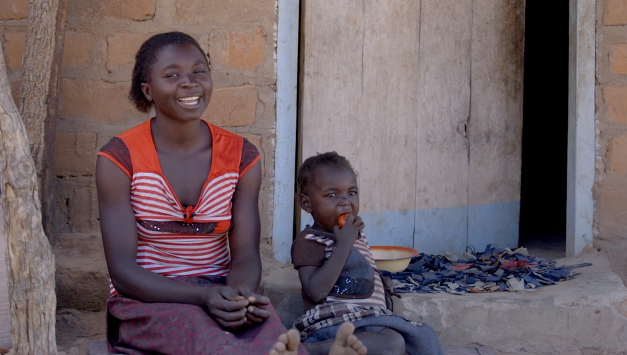
Rhoda is proud of the progress that Doreen has made but also that of the community as a whole. She says, “It makes me happy to see Doreen transferring the knowledge I shared with her. This shows the word is being spread.”
That sentiment is true, as the work of the CHWs has been instrumental in reducing malnutrition in the community. In Rhoda’s area, the rate of malnutrition has dropped from 30% to 12%. Doreen says, “If we can have more health workers, we don’t have to fear what has happened before — where we see mothers and children die.”
World Vision is working to empower more CHWs, especially since the COVID-19 pandemic began. As part of this effort, we’ve trained and equipped more than 150,000 of our CHWs to teach people about the coronavirus, how to prevent its spread, and how to keep themselves and their family members safe, including handwashing and physical distancing.
These efforts will help save lives, just as Rhoda has worked to do so far. Rhoda is filled with joy when she sees children she’s helped grow up healthy and says, “World Vision has brought light to our community where we had darkness. We now have good healthcare thanks to World Vision.”
